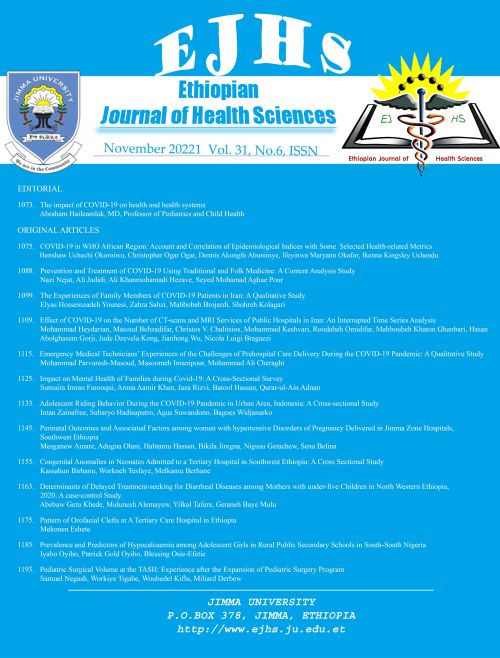Main Article Content
Comparison of Intravenous Ketamine with Intrathecal Meperidine in Prevention of Post-anesthetic Shivering after Spinal Anesthesia for Lower Limb Orthopedic Surgeries: A Double-blind Randomized Clinical Trial
Abstract
BACKGROUND፡ Post-anesthetic shivering is one of the most common complications after anesthesia. Ketamine has been considered to be an effective treatment for post-anesthetic shivering, but the evidence for its therapeutic benefit after spinal anesthesia is limited. The aim of this study was to compare the effects of intravenous ketamine with intrathecal meperidine in the prevention of post-anesthetic shivering after spinal anesthesia for lower limb orthopedic surgeries.
METHODS: In a double-blind randomized parallel-group clinical trial, a total of 150 patients scheduled for lower limb orthopedic surgeries under spinal anesthesia were selected and randomly divided into three equally sized groups of intravenous ketamine (0.5mg/kg), intrathecal meperidine (0.2mg/kg) or intravenous normal saline (as placebo). The intensity of shivering in patients were evaluated during surgery and after transfer into the post anesthesia care unit. Also, changes in patients' drowsiness, nausea, vomiting, pruritus, mean arterial pressure, heart rate, and arterial oxygen saturation (SPO2) during surgery and until the end of anesthesia were evaluated.
RESULTS: In all times of evaluation (20, 60, 80, 100 and 120 minutes after onset of spinal anesthesia) patients in control group showed a greater intensity of shivering compared to other groups. However, patients who received intrathecal meperidine experienced significantly lower intensity of post anesthetic shivering (p<0.05). The results showed a significant mean arterial pressure and heart rates differences between the three groups, only on 20 and 60 minutes after initiation of spinal anesthesia. The incidence of nausea, vomiting, and pruritus was not significantly different in all three groups, although all patients who received ketamine experienced drowsiness after surgery (p<0.001).
CONCLUSION: The results of the present study showed that, although both intrathecal meperidine and intravenous ketamine could effectively prevent postoperative shivering after spinal anesthesia in lower limb orthopedic surgeries, intrathecal meperidine was associated with more efficacy benefits and a lower frequency of side effects such as post-anesthesia drowsiness.






